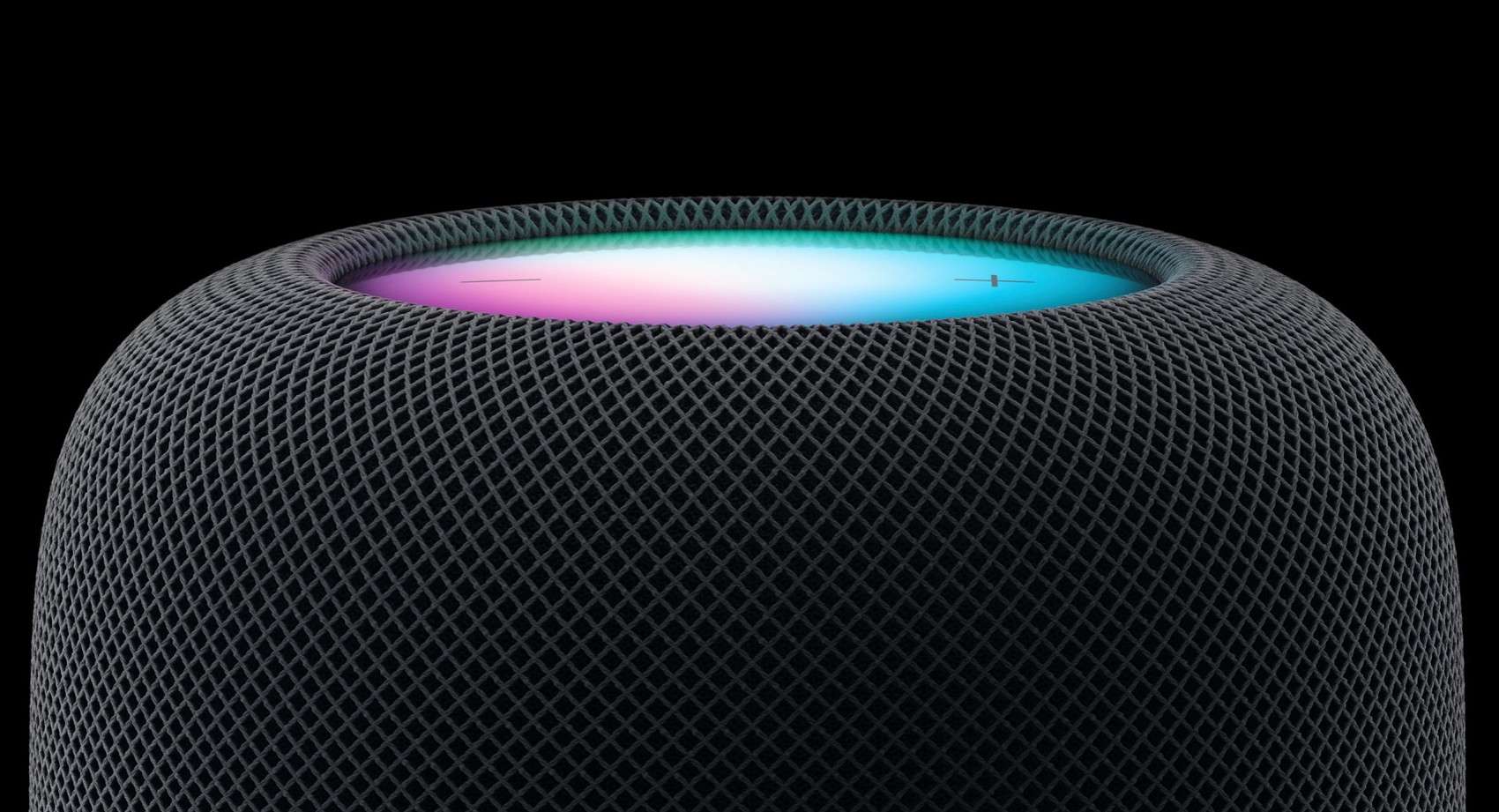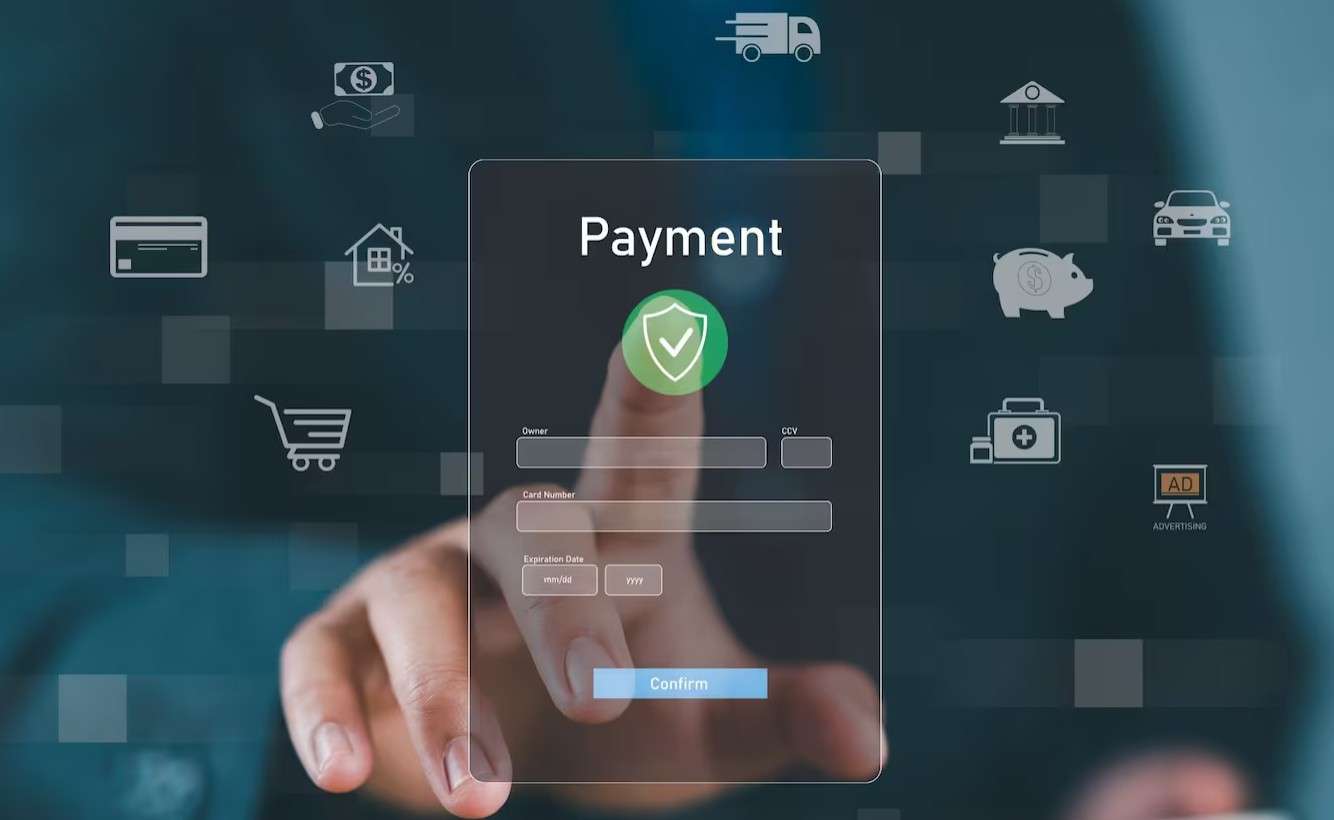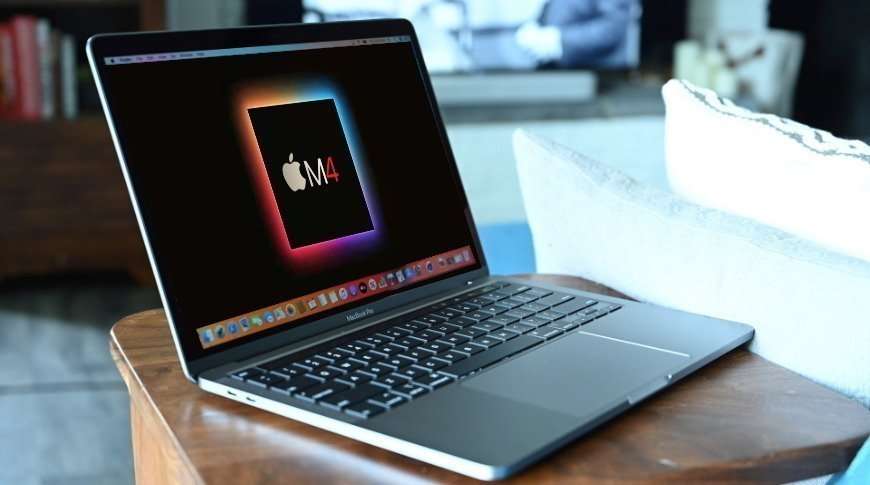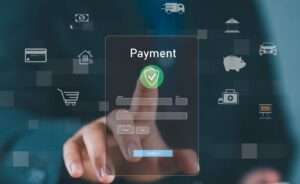How to Freeze Your Computer Screen
One common and frustrating issue many people encounter is when their computer screen suddenly freezes. This can occur during various activities such as gaming, completing assignments, or browsing the web. Several factors can contribute to a freezing display, including malware, software conflicts, or hardware issues. However, intentionally freezing your screen can also be beneficial in certain scenarios. For instance, it can be useful during a presentation to prevent distractions while you make adjustments on a secondary display. Additionally, in educational settings, teachers may freeze a shared digital whiteboard to maintain control or protect sensitive information. For professionals in open office environments, freezing the screen can help safeguard their work when stepping away from their workstation.
Methods to Freeze Your Computer Screen
Using Built-in Operating System Features
For Windows:
Windows users can quickly lock their screen using the keyboard shortcut Windows + L. This action immediately switches to the lock screen, where users must enter their password or use another authentication method to regain access. Before locking your screen, ensure all your work is saved to prevent data loss if the system goes into sleep mode or requires a restart.
For MacOS:
MacOS offers intuitive methods to lock the screen. You can set up Hot Corners by navigating to System Preferences > Desktop & Screen Saver > Screen Saver tab and selecting “Hot Corners…”. Choose an action like “Start Screen Saver” or “Put Display to Sleep” for one of the corners, which will activate when you move your mouse to that corner. Alternatively, use the keyboard shortcut Control + Command + Q to quickly lock the screen. Ensure your Mac is set to require a password immediately after the screen saver starts by checking the appropriate setting in System Preferences > Security & Privacy > General tab.
Leveraging Third-Party Software
If built-in options do not meet your needs, third-party software can provide additional functionality and control for screen freezing. Programs such as ClearLock, ScreenBlur, and LockMyPC offer features like blocking input devices or hiding the screen with customizable security layers. To use third-party software:
Select a reputable program compatible with your operating system.
Download and install the software from a reliable source to avoid malware.
Follow the installation instructions and configure the settings according to your preferences, such as setting a password or customizing the lock display.
Test the software to ensure it meets your requirements.
These tools can enhance screen privacy and control, especially when built-in features fall short for specific scenarios.
Hardware-Based Solutions
Using Physical Privacy Screens:
Physical privacy screens are add-ons that limit the viewing angle of your monitor, making it visible only to those directly in front of it. These screens are useful in shared workspaces or open areas and come in various sizes to fit most monitors.
Keyboard Locks and External USB Devices:
Keyboard locks are hardware devices that physically lock the keyboard, preventing input and effectively freezing the screen. These are useful in environments where the computer remains logged in but needs to be left unattended. External USB devices, resembling USB flash drives, can be customized to lock or stop the screen when not in use. Some of these devices use wireless tokens or proximity detectors to automatically lock the workstation when the user steps away, providing additional security with minimal user input.
Conclusion
Freezing your computer screen is a crucial security practice to protect sensitive information. This can be achieved through keyboard shortcuts, third-party software, or hardware-based solutions. It’s also important to maintain your computer’s health to prevent unintended freezing by keeping the system updated, managing resources efficiently, and using reliable antivirus software. While utilizing screen-freezing features, ensure that you do so legally and ethically, respecting privacy and data integrity. Following these best practices promotes individual security and fosters a responsible and trustworthy digital environment.













Post Comment